Kristianopel was the first Renaissance town in the Nordic region, once fortified with walls up to nine metres high. However, it only functioned as a town for a limited period in the 17th century. Today it is a peaceful and quiet little town, with a nice campsite inside the old ring wall.
Innehållsförteckning
Kristianopel
The first thing we noticed when we arrived in Kristianopel was how calm and quiet it was. Once upon a time, when this was a renaissance town filled with soldiers, it must have been completely different.
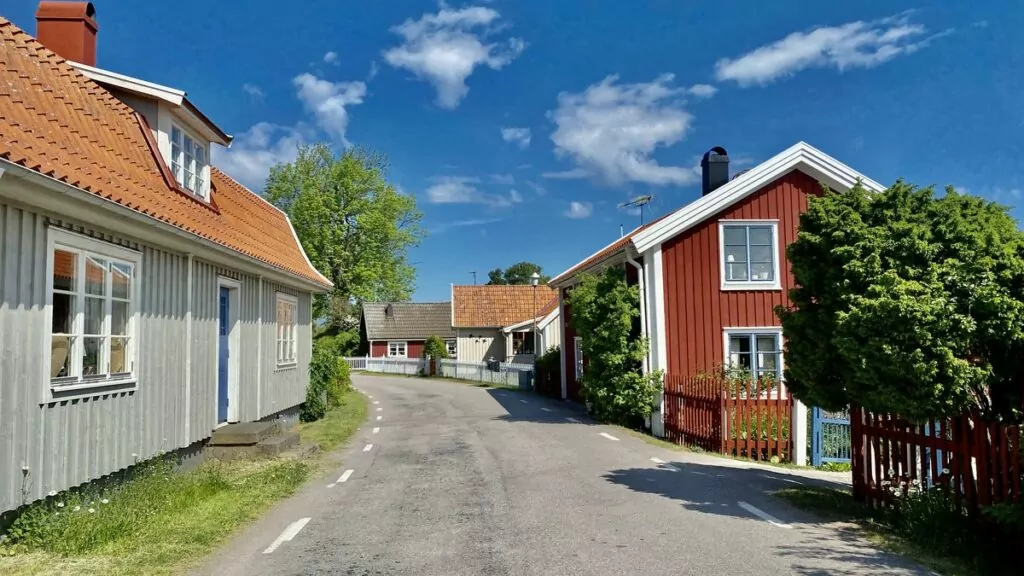
Kristianopel is located on the coast in Blekinge county, and belongs to Karlskrona municipality. The town is located about 3.6 kilometres northeast of Karlskrona.
Kristianopel - Scandinavia's first Renaissance town
Blekinge was part of Denmark in the early 17th century. The small Danish town of Avaskär served as a border town with Sweden, but was difficult to defend. The Danish King Christian IV therefore built a fortified town with walls up to nine metres high, just south of Avaskär. This new city was modelled on modern principles and became the first Renaissance city in the Nordic region. It was named Christianopel.
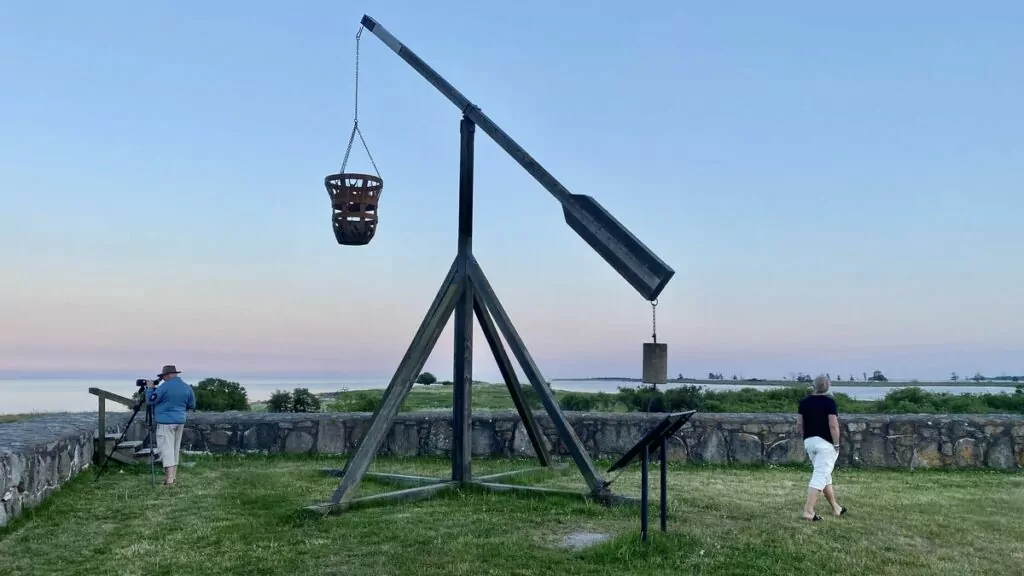
A fight between Swedes and Danes
Just a few years later, in the summer of 1611, Christianopel was attacked by the Swedes. The Danes had just attacked Kalmar, along with the garrison from Christianopel, and the Swedish King Charles IX sent his 16-year-old son Gustav Adolf on a revenge expedition to destroy Christianopel. The inhabitants fled to the church hoping to be spared, but the entire population except the priest was killed. Both the town and the church were burnt down.
The Danes didn't give up and built a new town and a new church, which was completed in 1624. In 1658, at the Peace of Roskilde, Blekinge became part of Sweden and Kristianopel became Swedish. The city was heavily taxed, and not everyone was happy with Swedish rule. Therefore, when the Danish King Christian V invaded southern Sweden in the summer of 1676, there were those who supported the Danes.
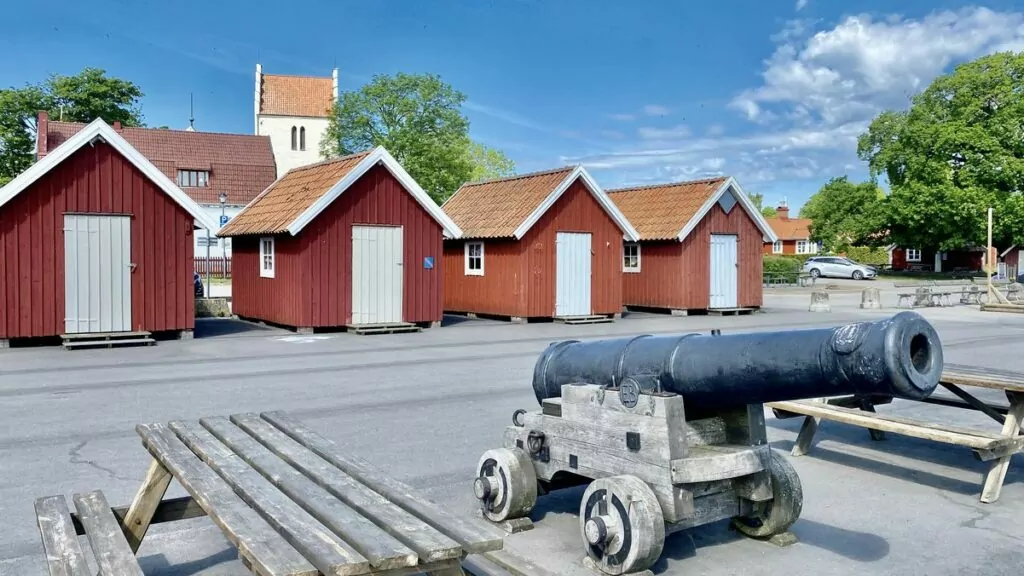
The Danish flag was raised again in Christianopel in 1676, but the town was soon besieged by Swedes and became Swedish again in 1677. When the war ended in 1679, the Swedes decided to close the town and the inhabitants had to leave.
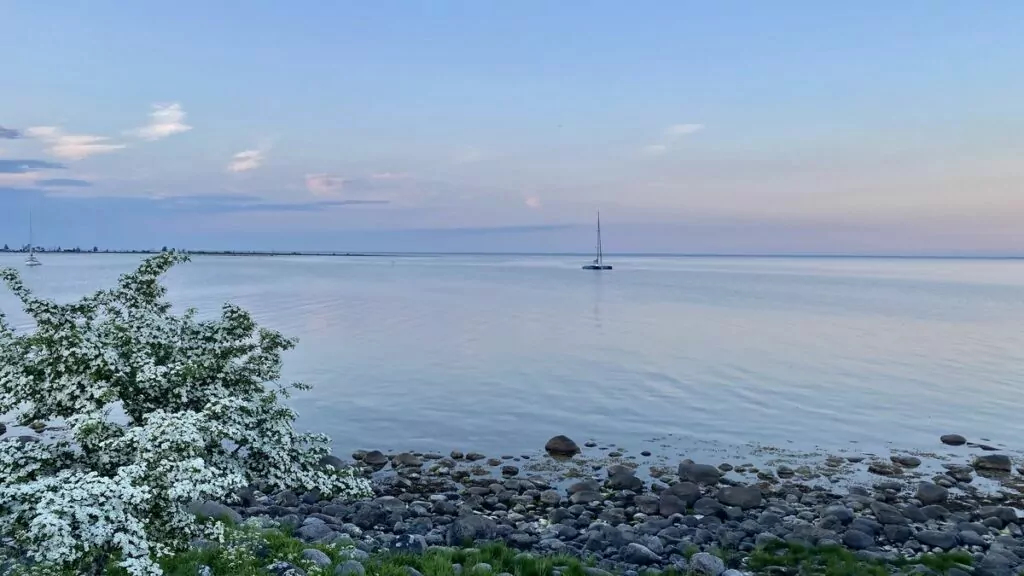
Church of Kristianople
Kristianopel's first church was completely destroyed by the Swedish army in midsummer 1611. In 1618, the Danes began building a new church, which was named Holy Trinity Church. The church was opened in 1624, although it was not fully completed. Today, the church is the only remaining building from the time when Kristianopel was a town.
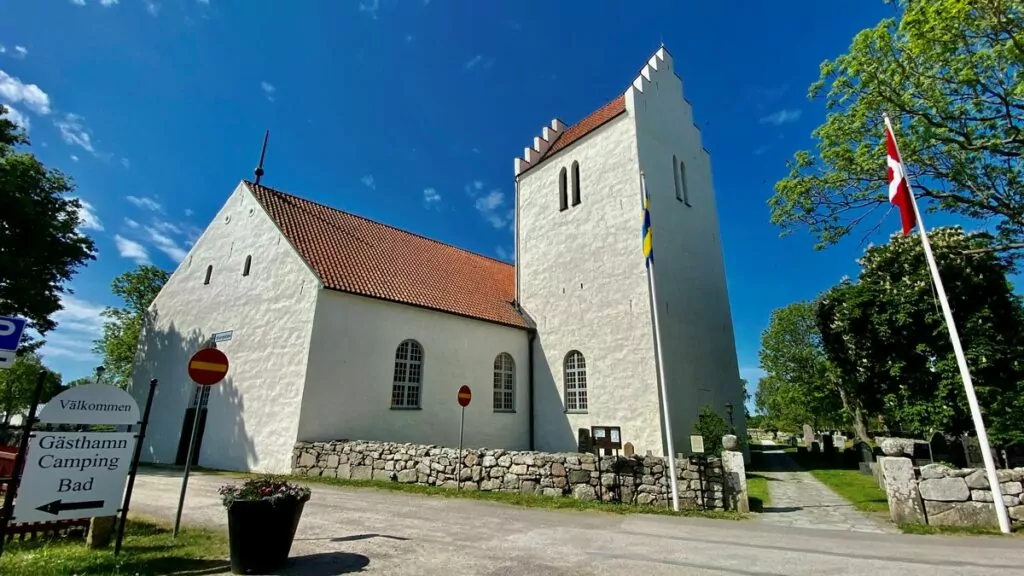
Inside the church you can see the pulpit from 1621 and the altarpiece that was added a few years later. There is also a green marble baptismal font donated by the governor in 1633. The most special feature of the church is the carved 'king's bench' from 1635.
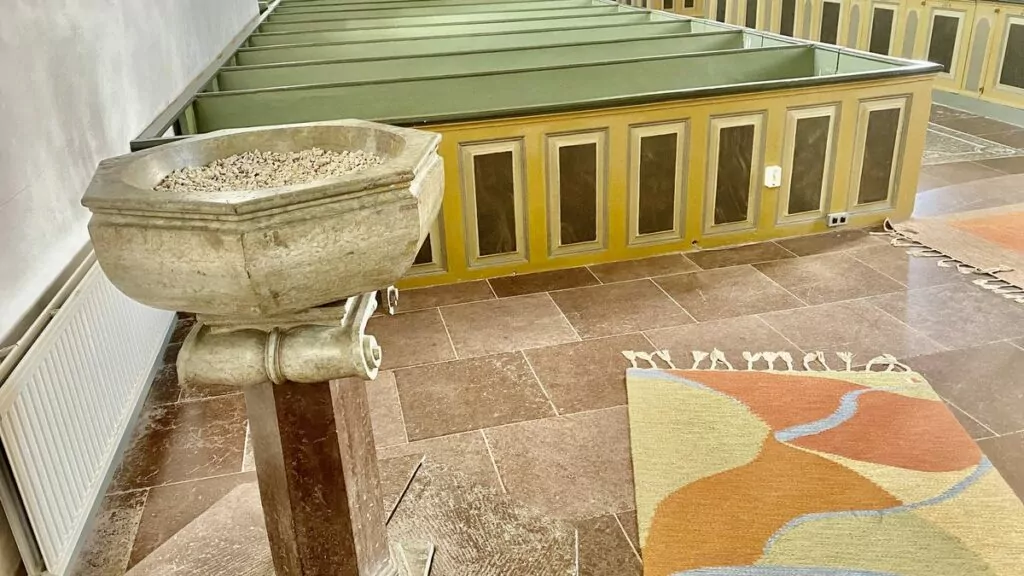
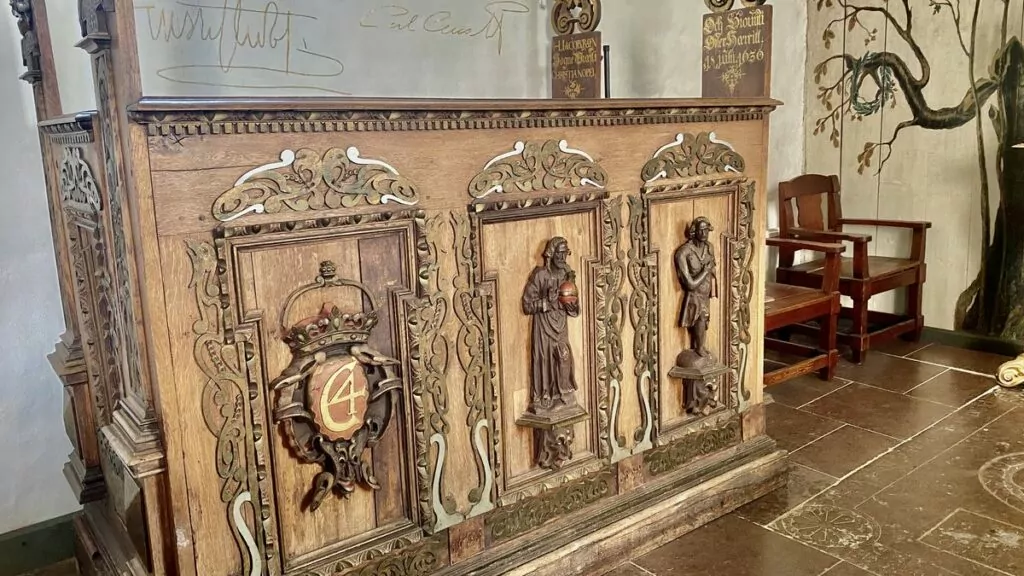
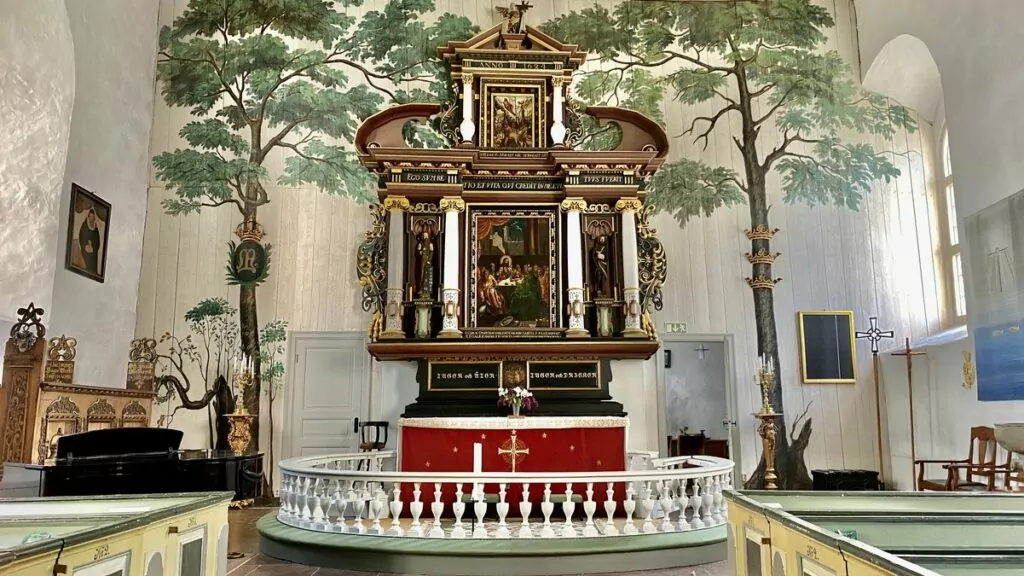
Kristianopel today - shops and restaurants
Kristianopel today is quite different from the fortified Renaissance town of the 17th century. Today it is a cosy little village with wooden villas, a campsite, a guest harbour and a few small shops and restaurants.
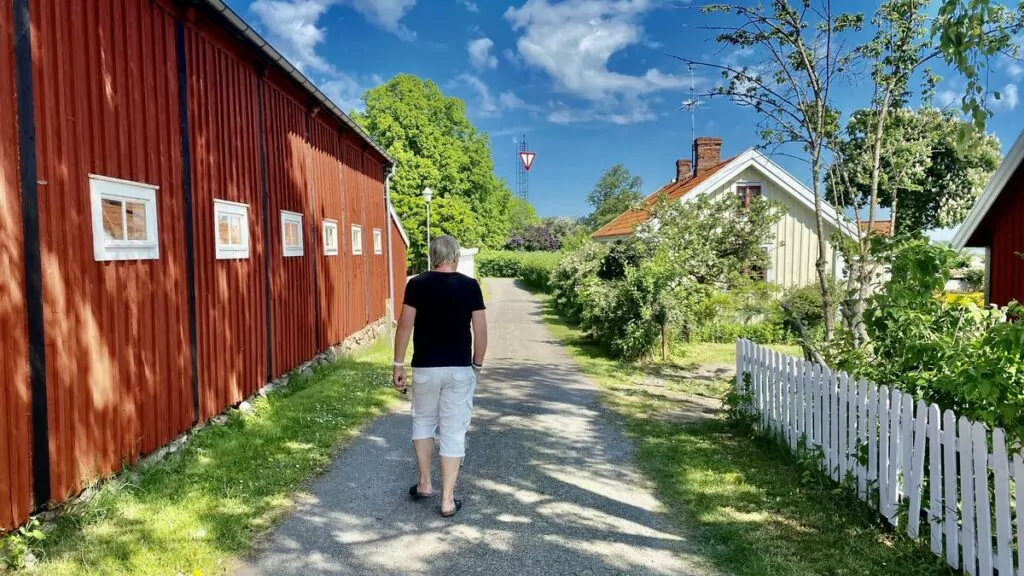
It's really charming to walk around the alleys, while it's a bit sad to think that almost the entire former city has been destroyed.
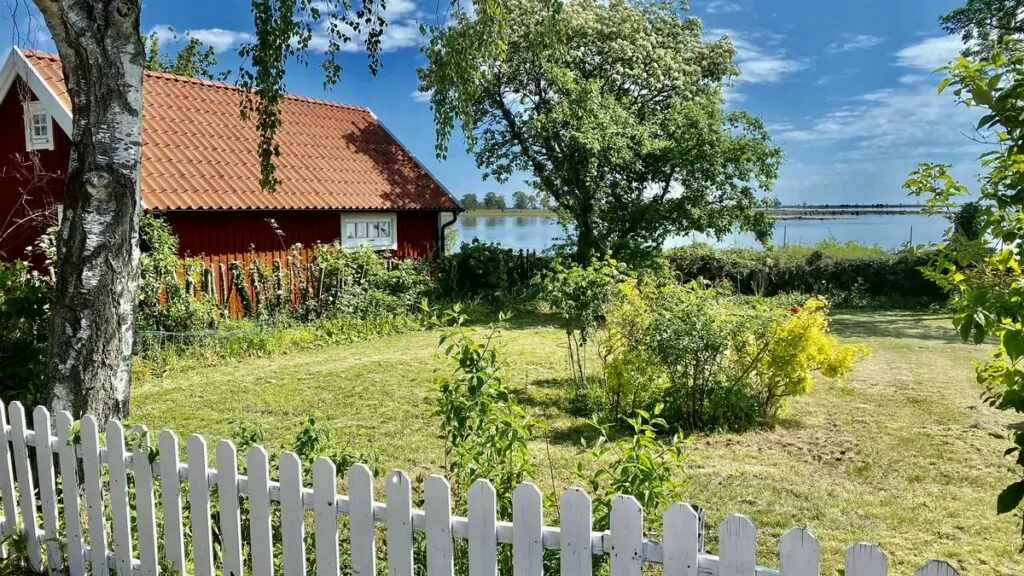
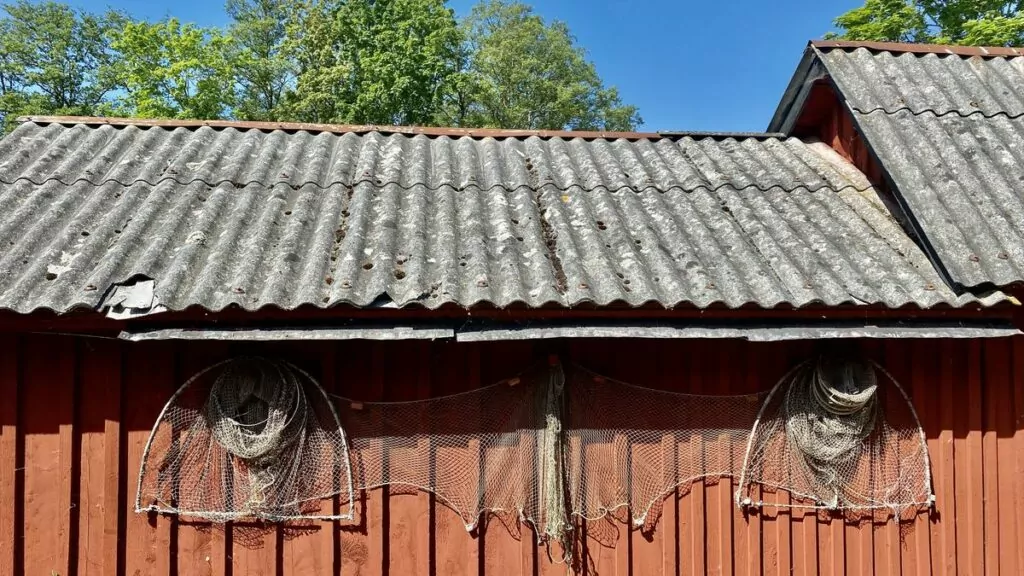
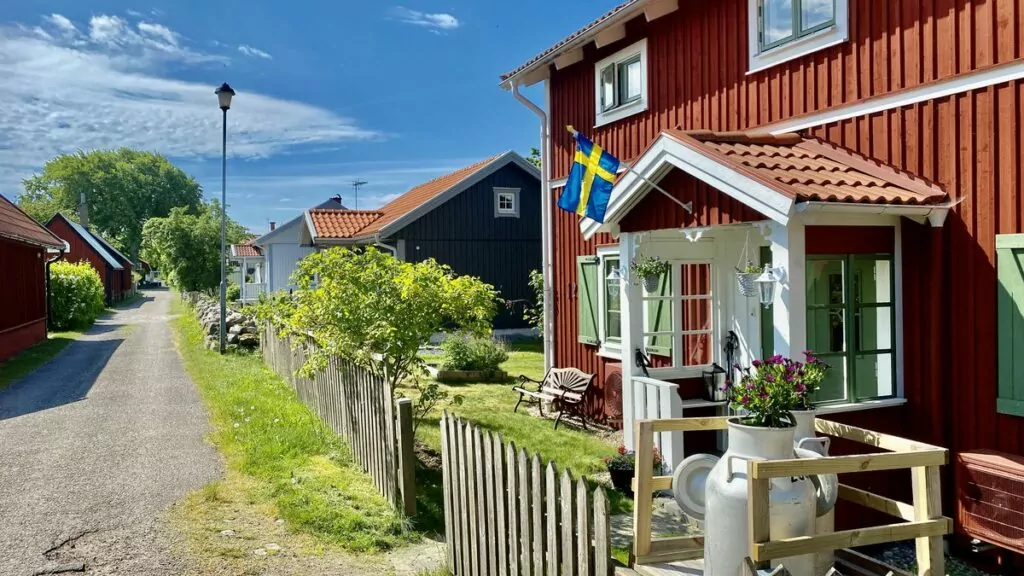
There is a commercial stall and some small summer shops selling gifts, design and jewellery. There are also a few restaurants and cafés. In the summer, for example, you can eat fish at Hamnkrogen in the guest harbour.
Kristianopel resort - camping, cottages and bathing
Kristianopel Resort is a simple but nice campsite, surrounded by Kristianopel's old ring wall. Here you have all the services you need while being close to the beach and the sea.
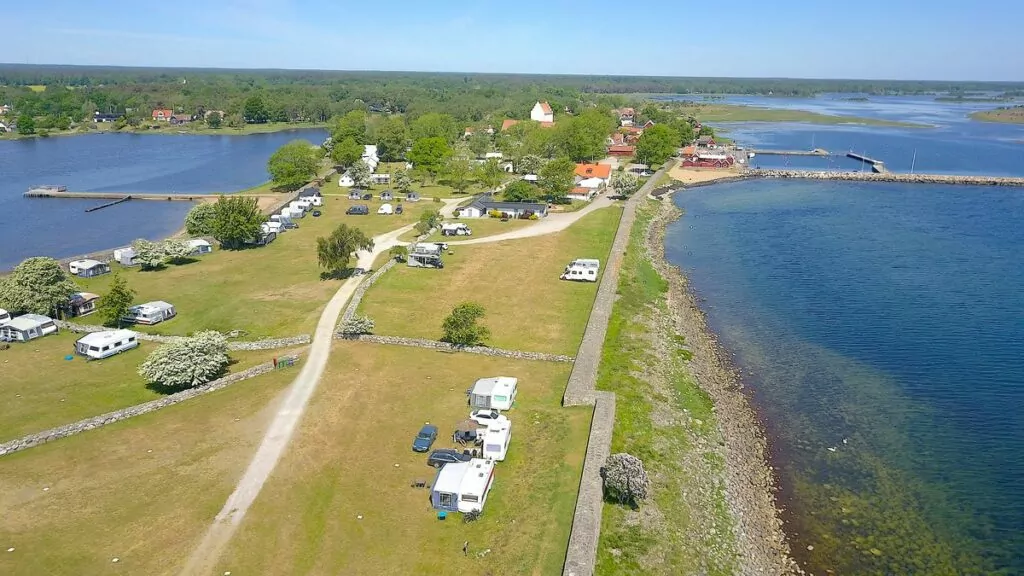
The price varies a bit depending on the season, but when we were here earlier in June we paid 265 SEK for a pitch including electricity.
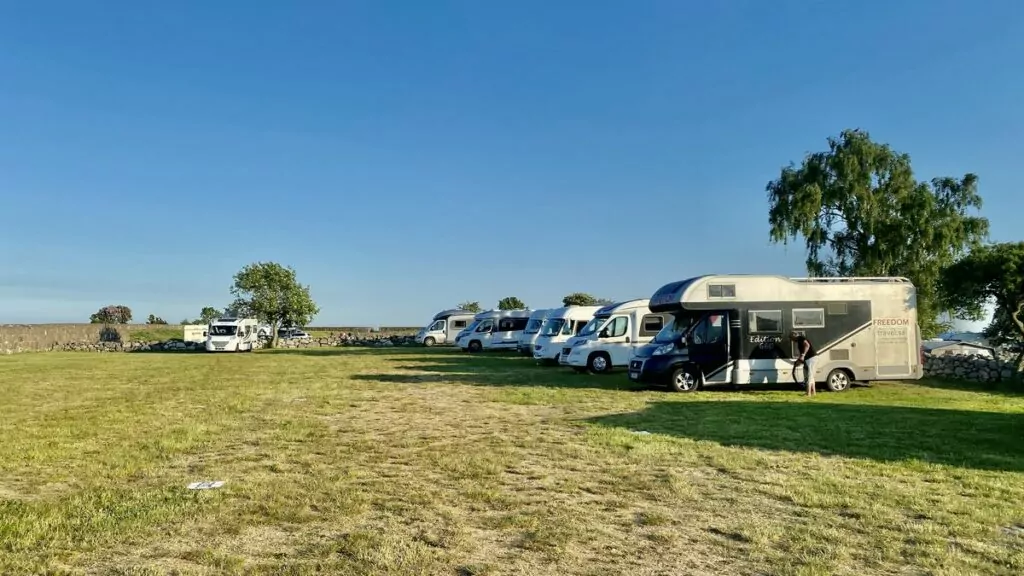
On the campsite, motorhomes and caravans were mixed together and there are also cabins for those who want to rent. We also photographed a so-called "travelling villa". We don't know if it's being used, but it was kind of funny to see it because there are three of them in the marina where we live - and they serve as floating homes.
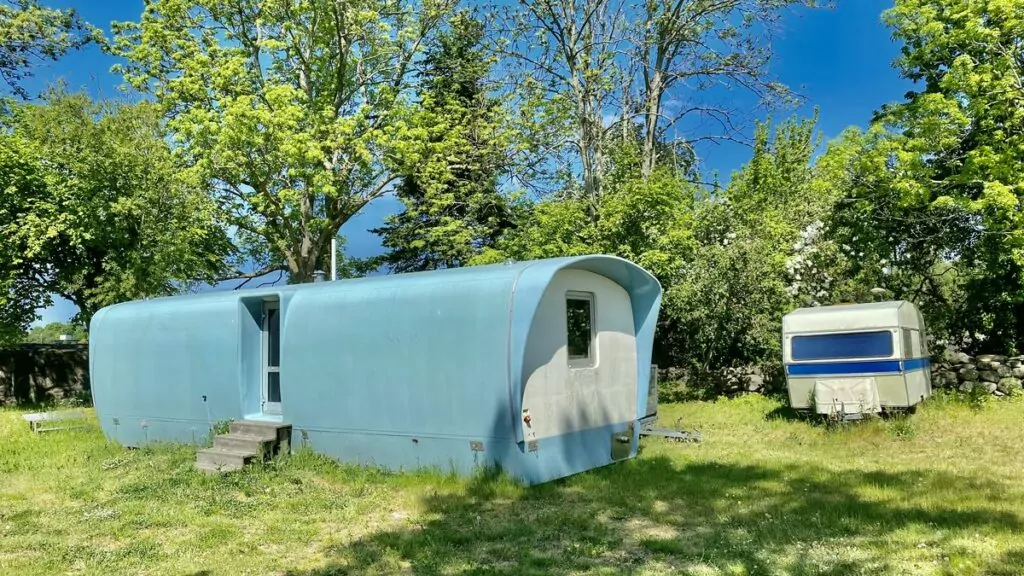
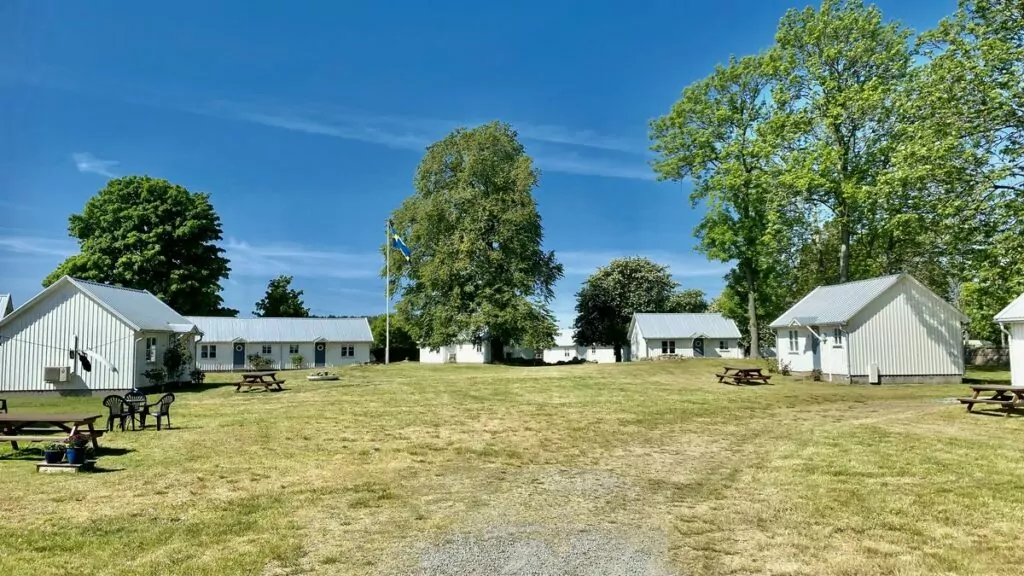
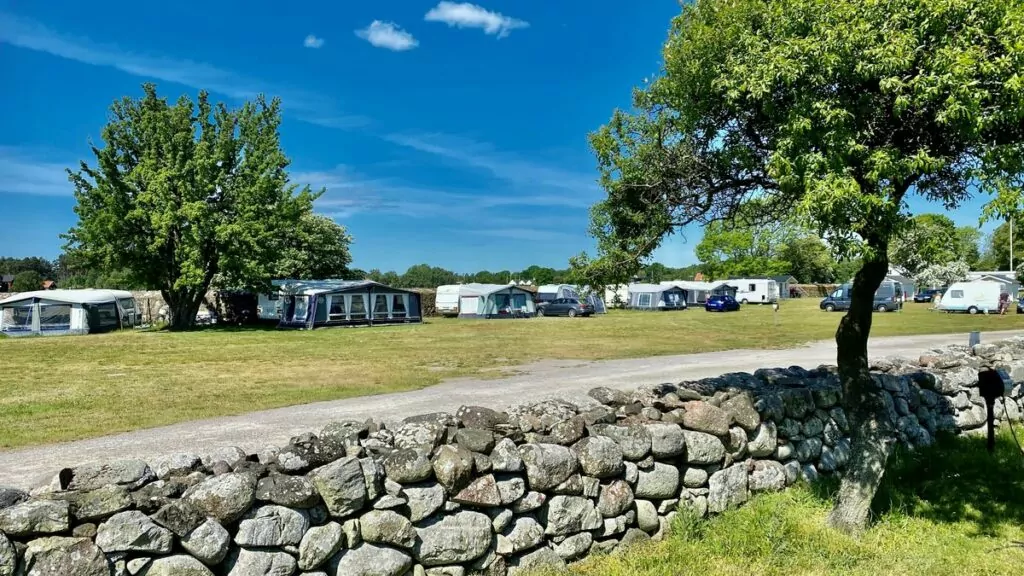
In the picture below you see me (Helena) up on the ring wall. A little further away is the beach, where there is also a jetty and bathing ladder.
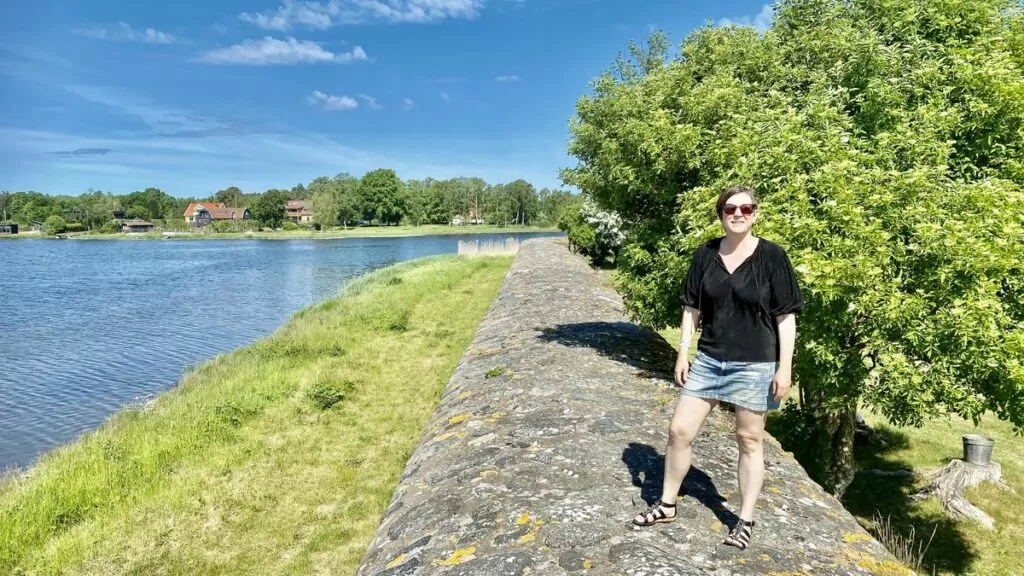
See more in the neighbourhood
If you want to see more in the neighbourhood, you can of course take the opportunity to discover the naval city of Karlskrona, where you can visit, for example, the fine marine museum. You can also get out to Aspö and other beautiful islands in the Blekinge archipelago. It is also nice to continue southwards towards Ronneby, or instead travel north towards squid.
Things to do in Karlskrona - 13 tips for the naval town
What to see and do in Karlskrona? Karlskrona is an archipelago idyll located on the...
Wämöparken in Karlskrona - Blekinge's "Skansen"
Wämöparken in Karlskrona is an outdoor park and a popular destination. Sometimes the park is called "Blekinge's ...
Aspö outside Karlskrona - in the lovely Blekinge archipelago
Aspö is located just outside Karlskrona and is one of the islands in the Blekinge archipelago. Here...
Naval museum in Karlskrona - naval history, submarines, ships
The Naval Museum in Karlskrona is a museum that tells the history of the Swedish Navy, from...
Ronneby brunnspark - well environment and fantastic park
Ronneby Brunnspark offers a historic environment and a fantastically beautiful park. Once in...

Have you visited Kristianopel?
How was your experience? Do you have any other tips for things to see and do in the area?
Facts about Kristianopel
- Municipality: Karlskrona municipality
- County: Blekinge County
- Landscape: Blekinge
- Population: About 1500 in the parish (2000)
- Read more: You can find more information at Visit Karlskrona.
Services and practical information
- Accommodation: Kristianopel Resort with cottages, Kristianopel Guesthouse B&B and guest harbour.
- Food service: Hamnkrogen in Kristianopel, Pålsgården restaurant, Kristianopel inn, Nisses café and Café Sött & Salt.
- Shops: Kristianopels handelsbod, Marias gifts, Lilla butiken, Himmel & Jord and Sköna ting.
- Toilets: Public toilets are located at the harbour behind the service centre.
- Parking: Free parking is available in designated areas.
History in Christianople
- Early history: Flint has been found on the site, indicating that there were Stone Age settlements here.
- 1599: The town of Kristianopel (or Christianopel in Danish) was built by order of Christian IV of Denmark on the island of Korsaskär, near the former town of Avaskär.
17th century
- 1606: The town of Kristianopel was completed, surrounded by walls up to nine metres high.
- 1611: During the Kalmar War, Crown Prince Gustav Adolf entered Kristianopel. The town was destroyed and the church was demolished.
- 1618-1624: The new Church of the Holy Trinity was built.
- 1622: Kristianopel received city privileges (transferred from Avaskär and Lyckå).
- 1658: Blekinge became Swedish after the Peace of Roskilde and Kristianople's importance as a border fortress decreased.
- 1676: The Danish King Christian V invaded southern Sweden. A Danish fleet occupied Kristianopel under Barthild Valentin von Lützow.
- 1677: In February this year, the city was besieged by the Swedes, and the Danes were finally forced to surrender.
- 1679: When the war ended, the Swedes decided that the town should be closed down. City privileges were withdrawn and the population was relocated.
- 1686: Kristianopel was given rights as a sound city under the city of Karlskrona.
18th century to the present
- 1862: In the municipal reform, Kristianopel did not become a separate municipality but was included in the Kristianopel rural municipality. However, the town continued to be called a market town.
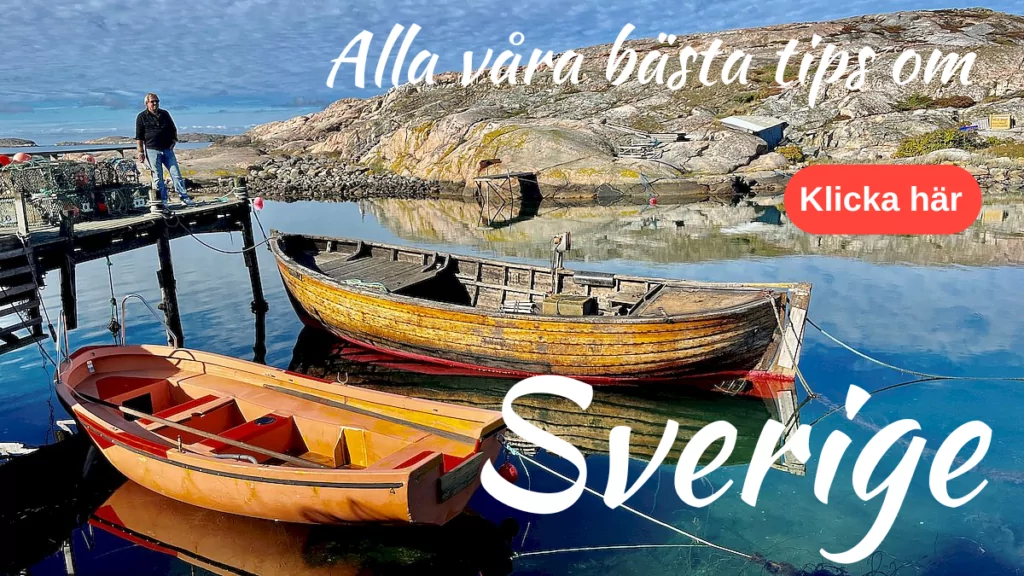

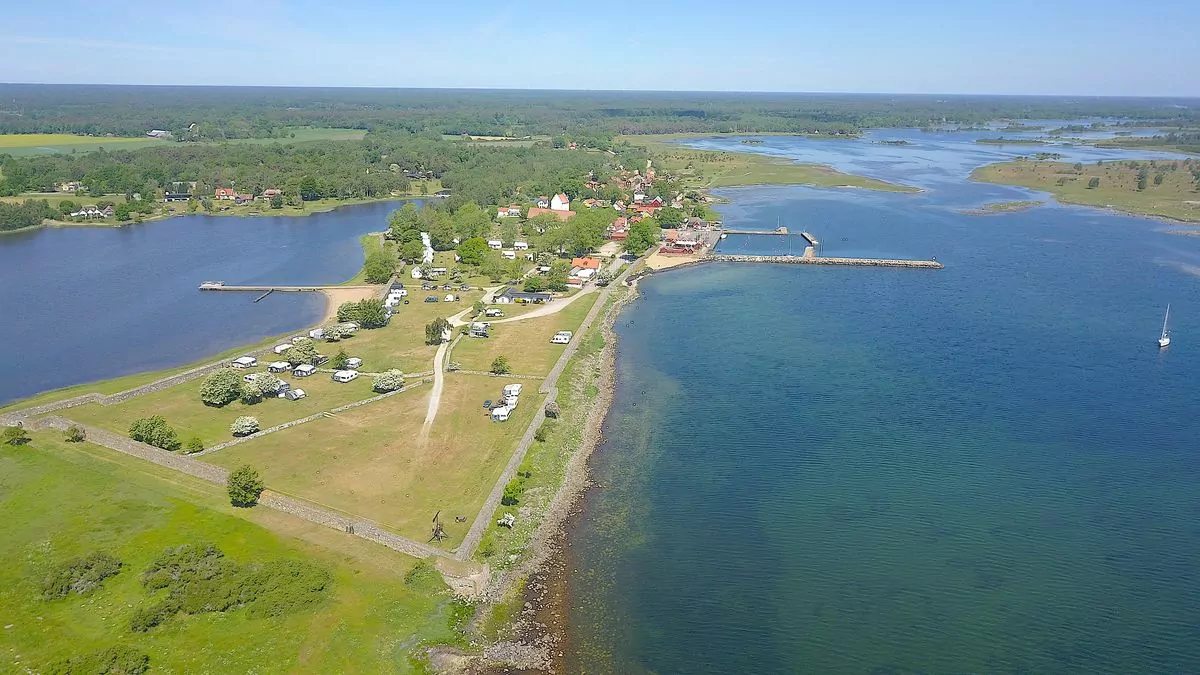
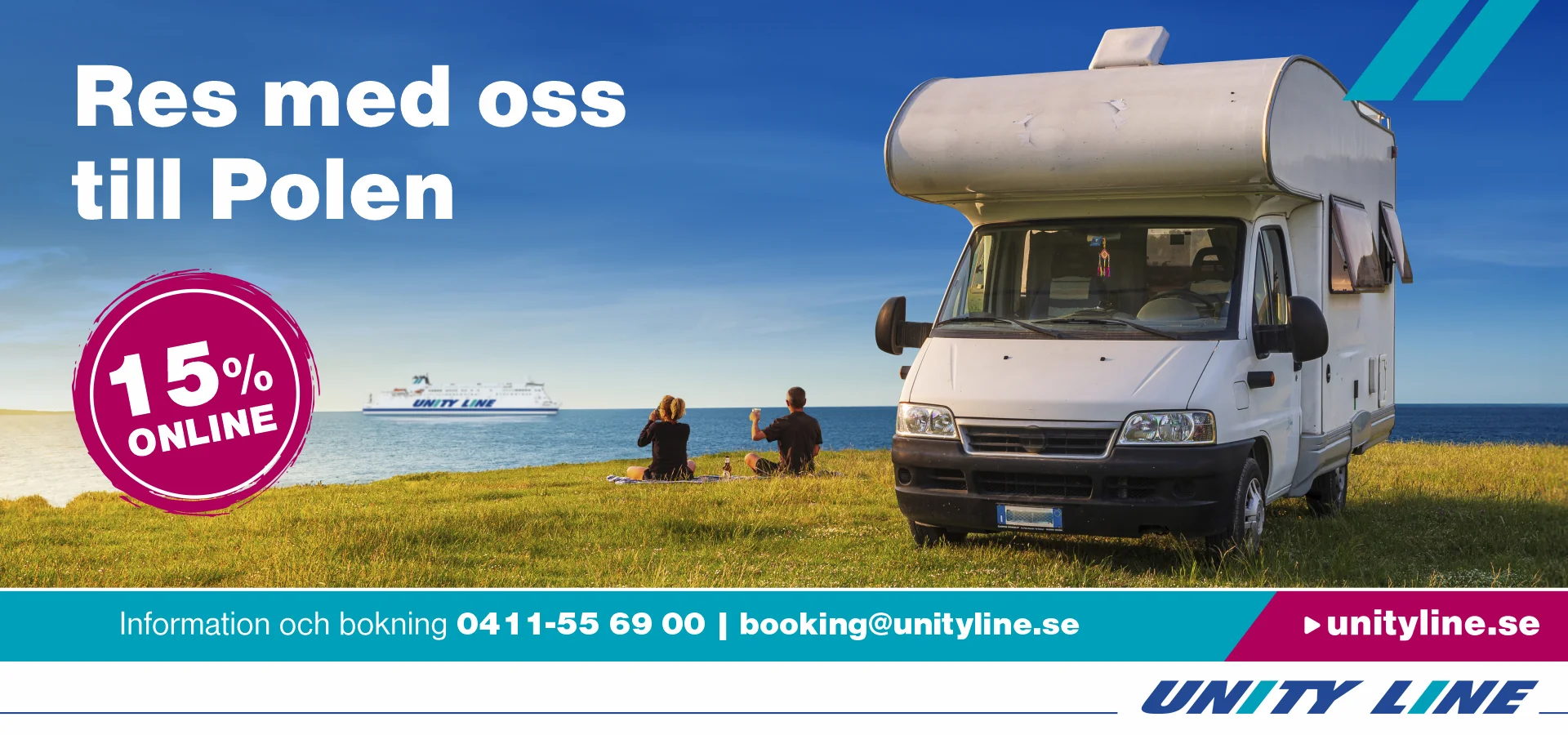






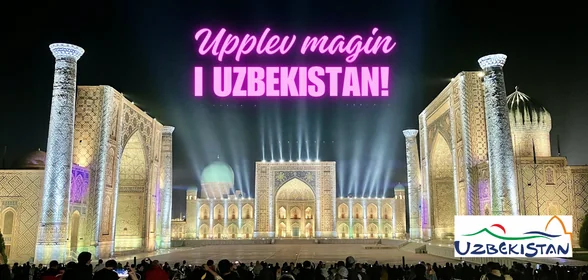

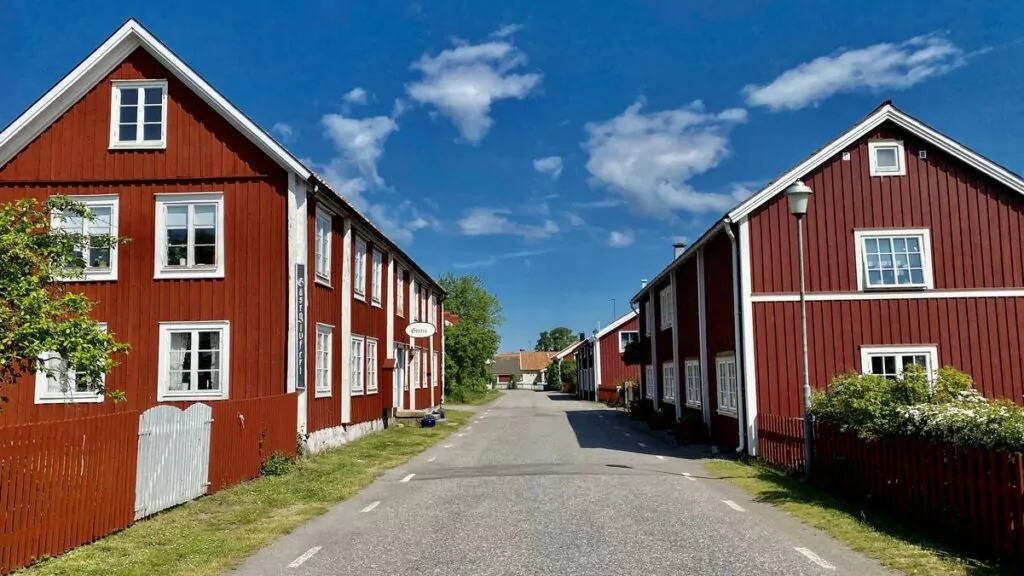
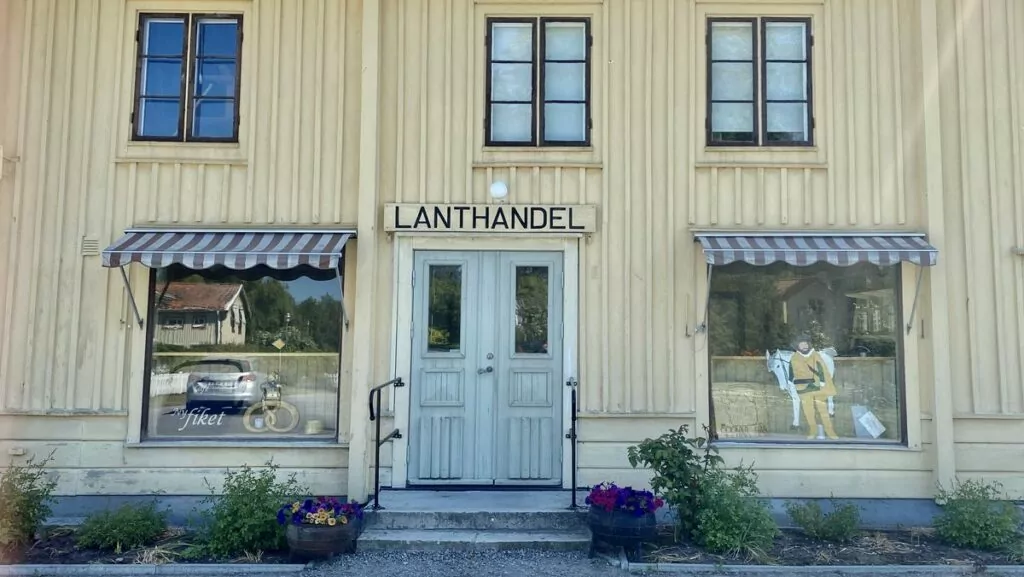
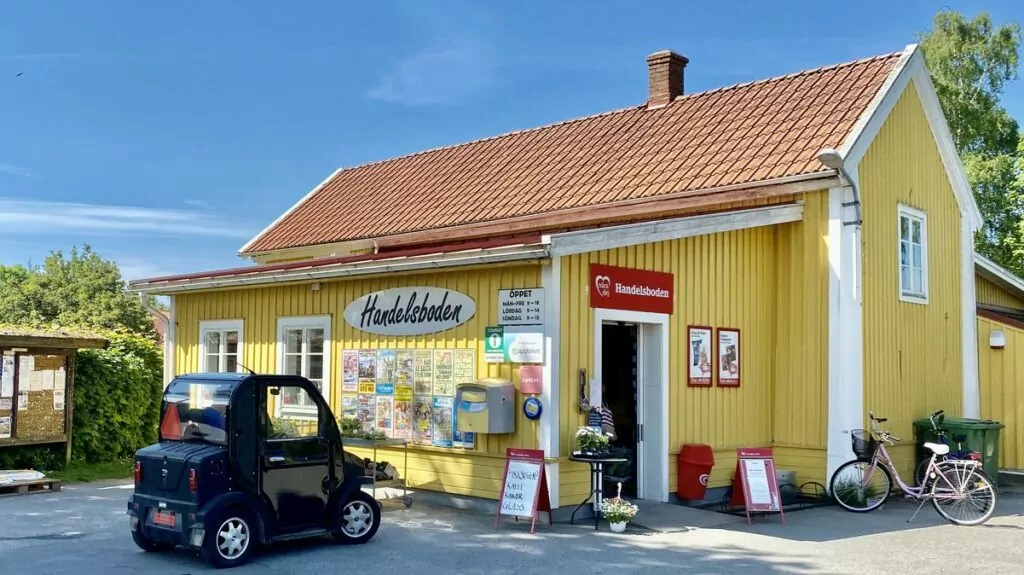
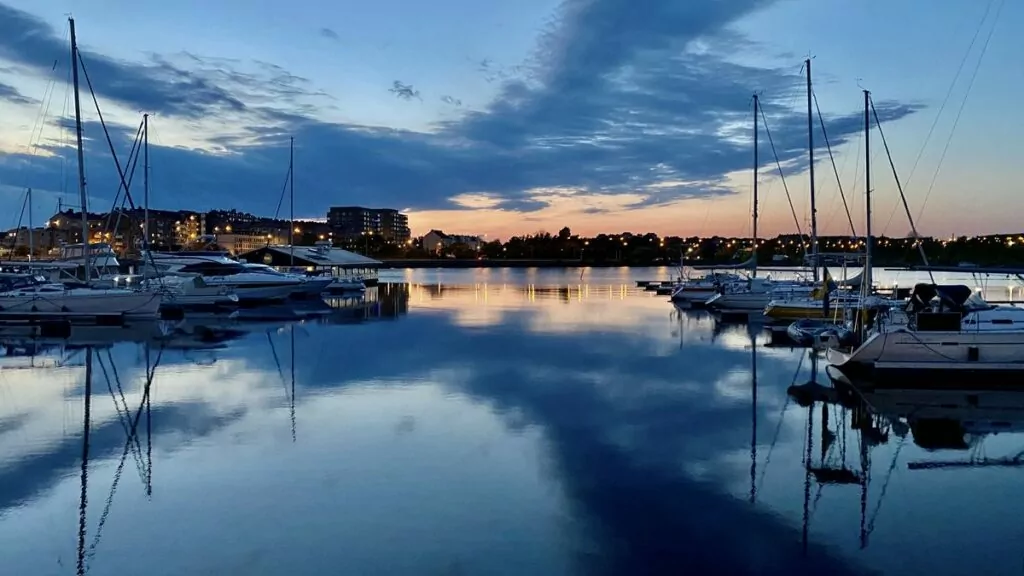
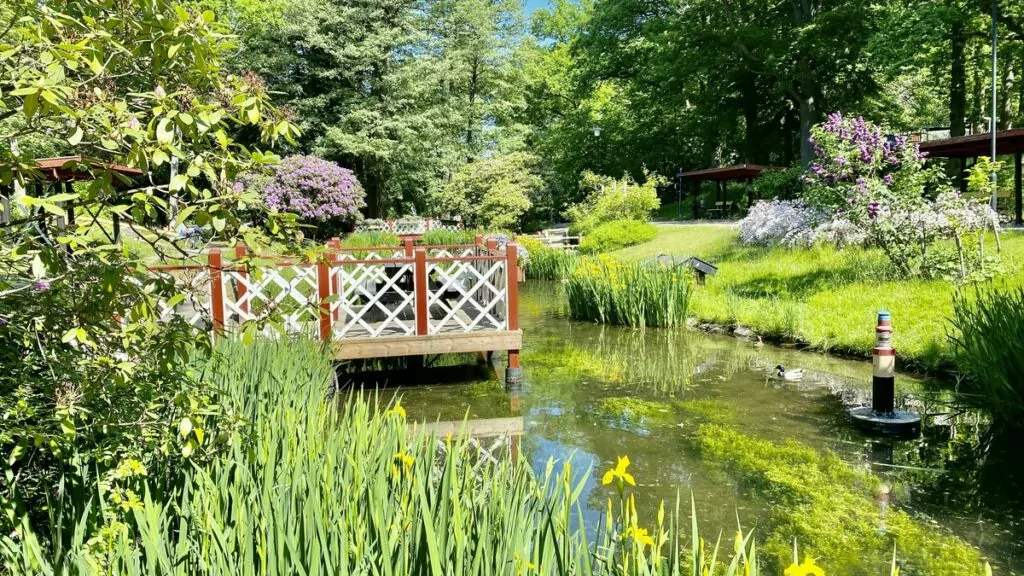
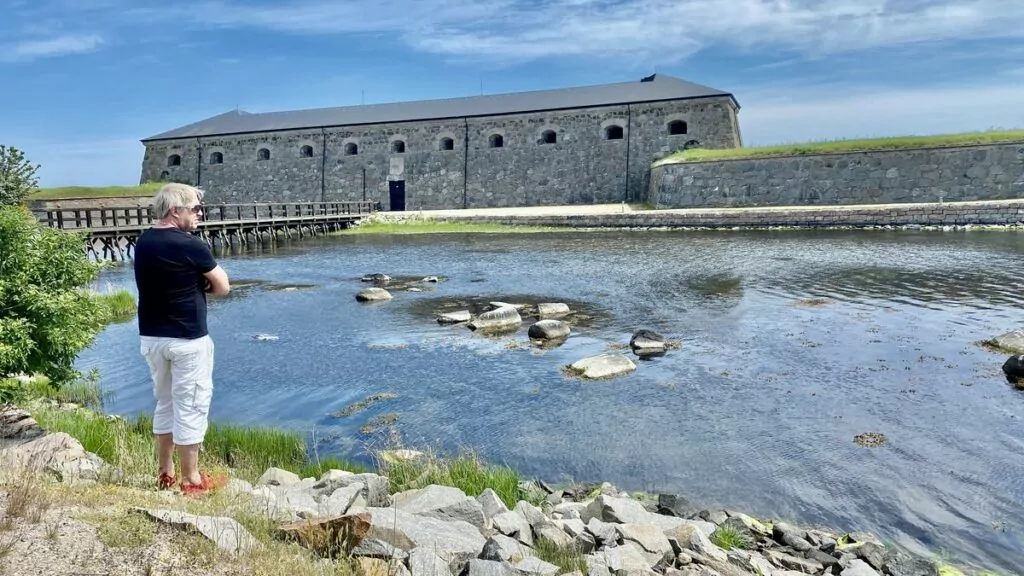
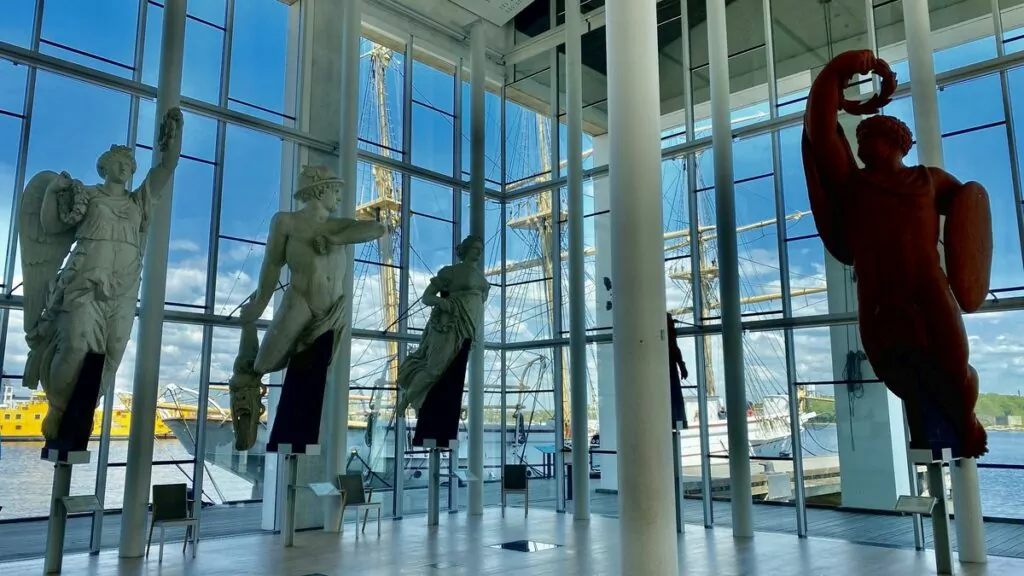
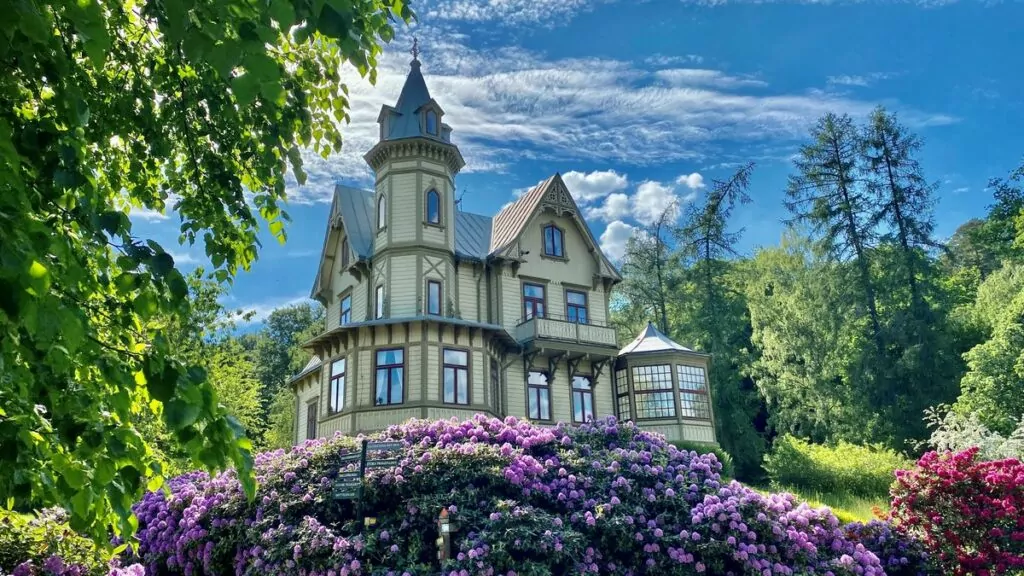
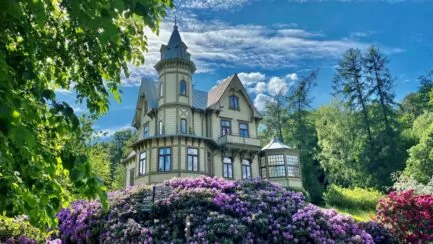
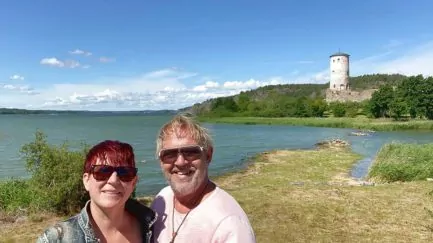
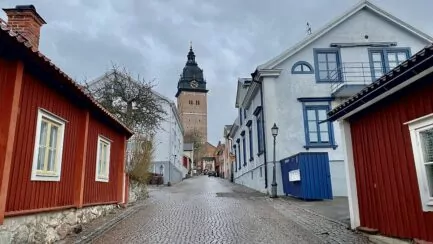
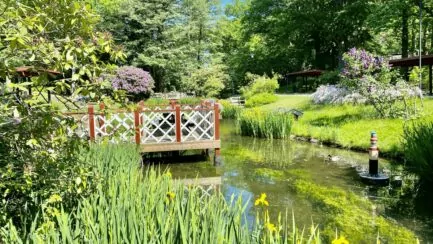
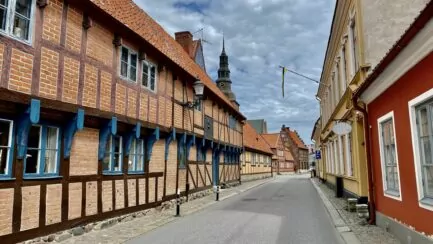
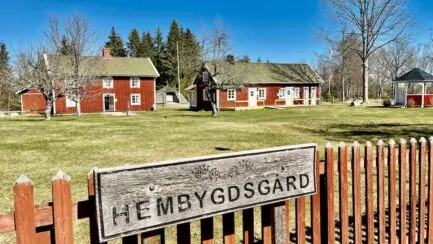



Biggeros says:
Yes, I agree again that Kristianopel is an idyllic place to visit especially with its small wooden villas and harbour market / stalls with handmade souvenirs. We used to go there often with our guests who wanted to experience some history near us. Many people have tried to climb the ring wall. They have very good ice cream there =) Unfortunately, I have not visited the campsite. It will probably be good.
Thanks for a nice post with a lot of information <3
19 June 2021 - 13:22
Helena says:
Of course it is nice, I really agree! We were happy with the campsite. Relatively simple with all the services you need, and nice location.
20 June 2021 - 20:11